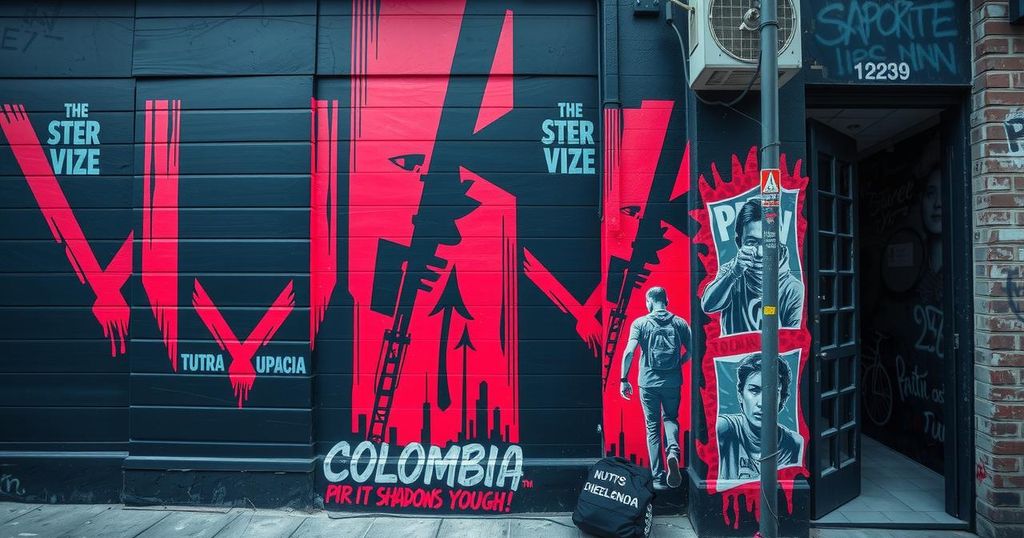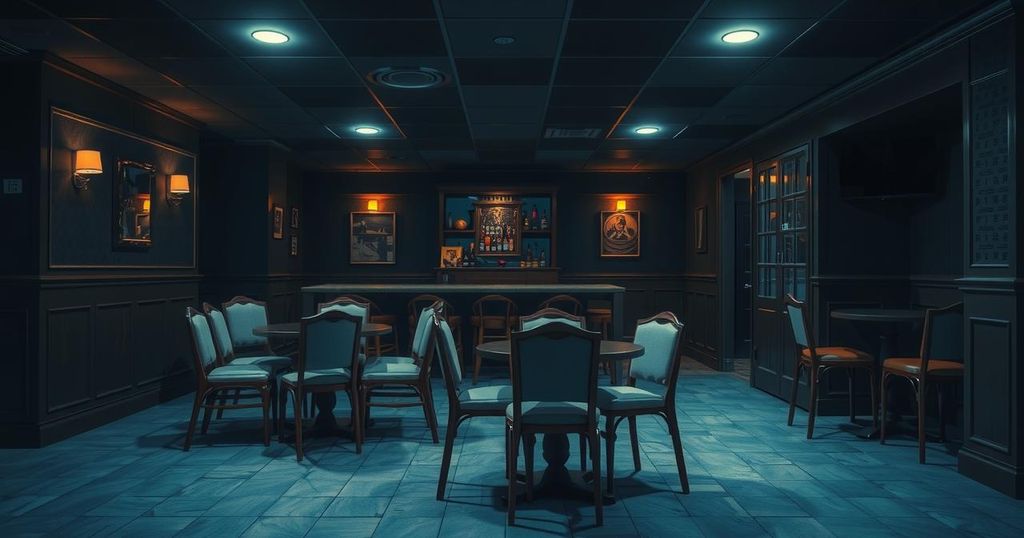Crime
AGENCE FRANCE PRESSE, ASIA, BOGOTA, CHARLES, COLOMBIA, COLOMBIAN INSTITUTE OF FAMILY WELFARE, CRIME, CUBA, ESCOBAR, GANG VIOLENCE, LAW ENFORCEMENT, MANILA, MATTHEW CHARLES, MIGUEL URIBE, MURDER, NORTH AMERICA, OLLA, ONCA, PABLO ESCOBAR, PHILIPPINES, SOUTH AMERICA, UNICEF, URIBE, VIOLENCE
Sofia Rodriguez
0 Comments
Teen Hitmen Plague Colombia Decades After Escobar Hired Kids to Kill
Decades after Escobar’s reign, Colombia grapples with the resurgence of teenage hitmen. Recent events include a 15-year-old arrested for attempting to assassinate presidential candidate Miguel Uribe. Experts say poverty and manipulation by criminal groups drive vulnerable youth into violent crime, perpetuating a cycle of exploitation and despair.
Bogotá, Colombia—More than just a ghost from Colombia’s violent past, the legacy of Pablo Escobar continues to haunt the streets today, notably through the troubling return of adolescent hitmen. Recently, a shocking incident unfolded when a 15-year-old was arrested for allegedly shooting presidential candidate Miguel Uribe at a rally in Bogotá. This incident echoes a dark era marked by assassinations, kidnappings, and bombings in a country weary from violence.
Authorities suspect the teen was paid to carry out the attack, which put the 39-year-old senator in critical condition. Meanwhile, doctors have reported slight improvements in Uribe’s health. The young shooter has expressed willingness to cooperate with the police, claiming his orders came from someone in a local neighborhood, known as an “olla,” notorious for drug trafficking activities.
Matthew Charles, director of the Mi Historia foundation aimed at supporting vulnerable youth, commented on the grim reality: “The use of children to commit such acts is not something exceptional for Colombia.” Following the arrest, another man was charged with attempted murder for supplying the firearm to the young shooter, highlighting the systemic issues that continue to plague Colombia.
It is alarming how children from impoverished, often violent backgrounds are drawn into criminal activities as the lure of quick cash becomes irresistible. “They are looking for quick solutions because there is no food on the table in their homes at night,” Charles added, shedding light on the dire situation many families face.
Criminal organizations, be they drug cartels or guerrilla groups, take advantage of these youths, exploiting their susceptibility. A recent report by UNICEF and the Colombian Institute of Family Welfare revealed that approximately 530 minors were recruited by these groups between 2020 and 2022, with most being between the ages of 13 and 14 and coming from low-income, rural areas.
Last year alone, 142 minors were reportedly brought into the criminal world, revealing a concerning trend. According to research conducted by Charles, young assassins can earn between $50 and $500 for each person they kill—an enticing sum for youths with limited opportunities. However, many are left disappointed and do not receive the promised payment, further trapping them in a vicious cycle of despair.
The situation is exacerbated by the fact that one-third of Colombia’s population lives in poverty. In some instances, armed groups manipulate these adolescents into carrying out heinous acts while under the influence of mind-altering substances, as noted by ICBF director Astrid Caceres. In 2024 alone, around 5,000 teenagers aged 14 to 17 entered the criminal justice system in Colombia, although specific crime details were not disclosed.
Criminal lawyer Francisco Bernate described turning minors into hitmen as “an old custom” of exploiting their troubled circumstances. Developmental science suggests minors lack a full comprehension of their actions, leading to a maximum potential sentence of just eight years for offenses that would merit up to 50 years for adults. Instead of prison, these individuals are typically sent to rehabilitation centers.
Concerningly, the alleged shooter involved in the Uribe case is now under witness protection, revealing the potential dangers he and his family face. The attempt on Uribe’s life has triggered haunting memories of an era dominated by fear—particularly the 1980s and 1990s when Escobar orchestrated the assassination of four presidential candidates.
In 1990, for example, 16-year-old shooter murdered leftist presidential candidate Bernardo Jaramillo at point-blank range. This youth was released after just over a year, only to meet a tragic end himself, killed alongside his father. Journalist Jorge Cardona, who documented these turbulent times, recounts how another 16-year-old killed Justice Minister Rodrigo Lara Bonilla under Escobar’s orders, demonstrating the grim persistence of this cycle in Colombia’s history.
The lingering issue of child hitmen in Colombia underscores the effects of poverty, violence, and the desperate choices faced by vulnerable youth. Criminal organizations continue exploiting children, offering them money and status to perform dangerous tasks. The systemic challenges of poverty and lack of opportunities fortify this vicious cycle, leading to tragic outcomes, such as the attempted assassination of Miguel Uribe. Efforts to rehabilitate these minors are crucial but face significant hurdles in addressing the underlying social issues driving youth into crime.
Original Source: manilastandard.net




Post Comment